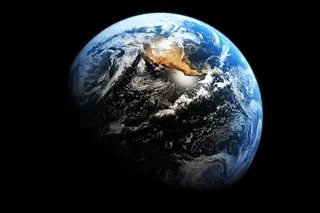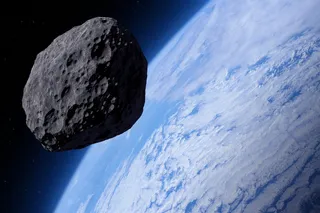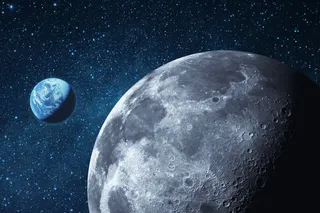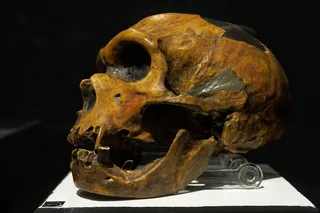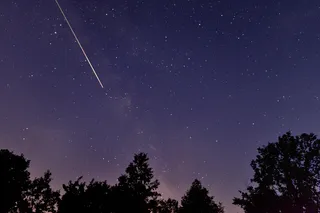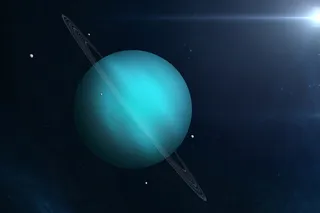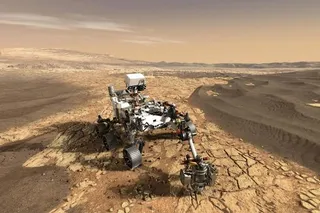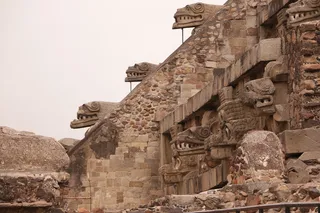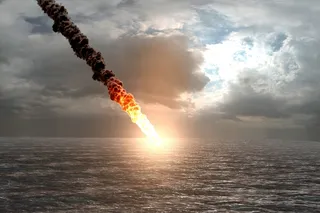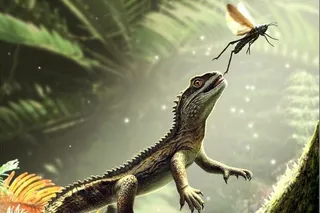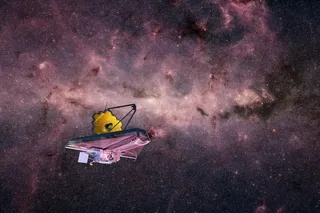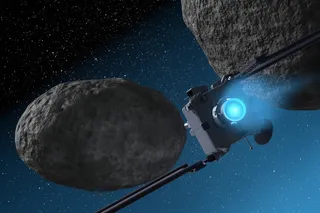Last year we brought the bad news that NASA had pulled back from the LISA project, an ambitious proposal to build a gravitational wave detector in space. The science reach of LISA would be amazing, teaching us a great deal about black holes, general relativity, and cosmology. Fortunately, the European Space Agency did not give up on the idea, and has kept it in the queue of possibilities without actually saying they will do it. They began to design a somewhat down-scaled mission, now dubbed NGO for "New Gravitational wave Observatory." (Hey, nobody said NASA had a monopoly on dopey acronyms.) NGO was put into the hopper along with two other proposals as part of a selection process to decide on the ESA's next large-scale mission, dubbed L1 ("L" for "large"), as part of the Cosmic Vision program. It lost out to JUICE, a mission to Jupiter's moons with admittedly ...
New Life for Gravitational Waves in Space?
Discover the future of the gravitational wave detector in space with the European Space Agency's New Gravitational Wave Observatory initiative.
More on Discover
Stay Curious
SubscribeTo The Magazine
Save up to 40% off the cover price when you subscribe to Discover magazine.
Subscribe

